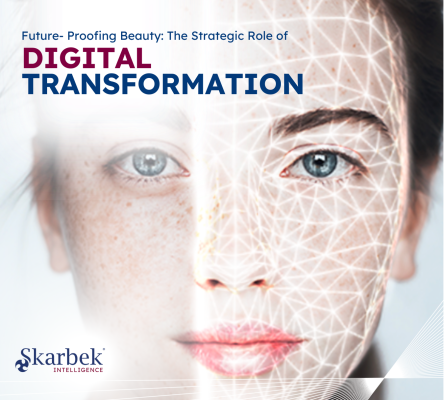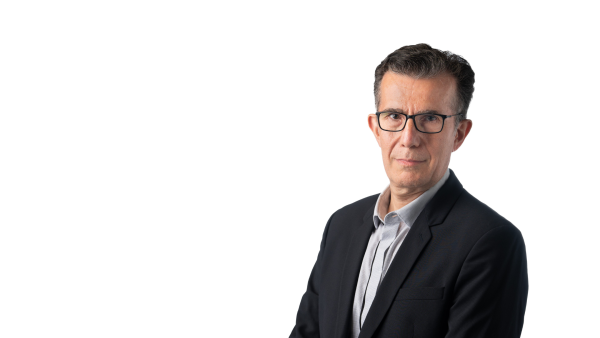Maximising value through digital transformation in beauty companies.
Innovation is the key to sustained growth in the beauty industry. As consumer expectations evolve and market environments become more dynamic, the ability to innovate quickly and effectively has never been more crucial. At Skarbek, we understand the need for companies to enhance their innovation capabilities, which is why we have developed the Innovation Fitness Index (IFI), a comprehensive diagnostic tool that helps organisations assess their readiness to innovate across various dimensions [1]. Digital and AI technologies are core components of the IFI, as they enable companies to drive speed, agility, excellence in their innovation processes and offer new potential in augmented consumer innovation.
In 2023, the global beauty market’s retail sales grew to $446 billion, a 10% increase from 2022 [2]. This growth was primarily driven by price increases rather than volume gains due to macroeconomic factors, low consumer confidence, and widespread discounting. Digital transformation is becoming a strategic imperative for beauty companies to sustain their growth and remain competitive.
65% of organisations are now using generative AI in at least one business function, and this number continues to rise [3]. Digital transformation is reshaping every aspect of this sector, from product development to consumer engagement. For beauty companies, adopting digital tools such as AI and machine learning is critical for improving customer engagement, product development, operational efficiency, and team efficiency.


